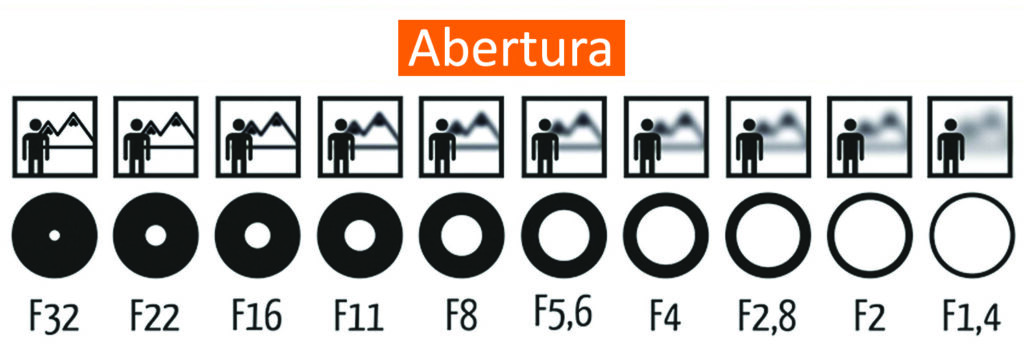Firstly, it is necessary to understand that the camera in a software (CoronaCam) has parameters that resemble and aim to replicate the effects of a real camera. That is why individuals who are proficient in manipulating these commands in software, such as in the case of 3Ds Max + Corona Render, can be referred to as “virtual photographers” as they create images with results similar to those of real photographs.

For this to be possible, one needs to have knowledge beyond simply manipulating commands; an understanding of photography is necessary!
Real cameras have functions that, depending on how a photograph is taken, can generate “lens defects” that are often corrected by photographers in post-production. However, in the case of rendering, this changes! These defects actually become favorable “effects” as they bring more realism to an image.
It is important to know that cameras revolve around three main parameters: aperture (F-number), shutter speed (shutter), and noise (ISO). We will now explain each one individually for better understanding.
It is worth mentioning that these 3 principles control the exposure of an image, that is, how much light will enter the camera (how much it will be able to capture in that fraction of a second) to illuminate a scene.
Sumário:
The aperture (F number) CoronaCam camera
Within CoronaCam, you will find a function called Depth of Field (DOF), which relates to the depth of field. In other words, the higher the F-number, the more closed the camera aperture, resulting in a narrower field of view and a sharper image. Conversely, the lower the F-number, the wider the field of view and the less sharp the camera becomes.



O obturador (Shutter)

The camera shutter, on the other hand, concerns the speed at which the photo was taken, and how long the shutter was open to capture that image. Have you ever noticed when you went to take a photo with your cell phone at night that the photo takes longer to be captured? And if there is movement in this time interval, the “trace” remains in the photograph, so basically it is this effect of movement in the image that always happens when there is movement and there is little natural light!
The ISO (Noise)
ISO causes a grainy effect in the photo/image, and the higher its value, the greater the noise effect in the photo. There are those who use noise on purpose in their photo effects, as this gives the image a more “old” look, however, the lower its value makes the image more visually clean, and so you can notice all the details.

In terms of noise within 3Dsmax, it is recommended that you do not change the value that comes with Default, as this will keep the image noise-free, along with the Noise Level settings in Render Setup (F10).
Do you like the content? Follow more about, see the next blogs!




